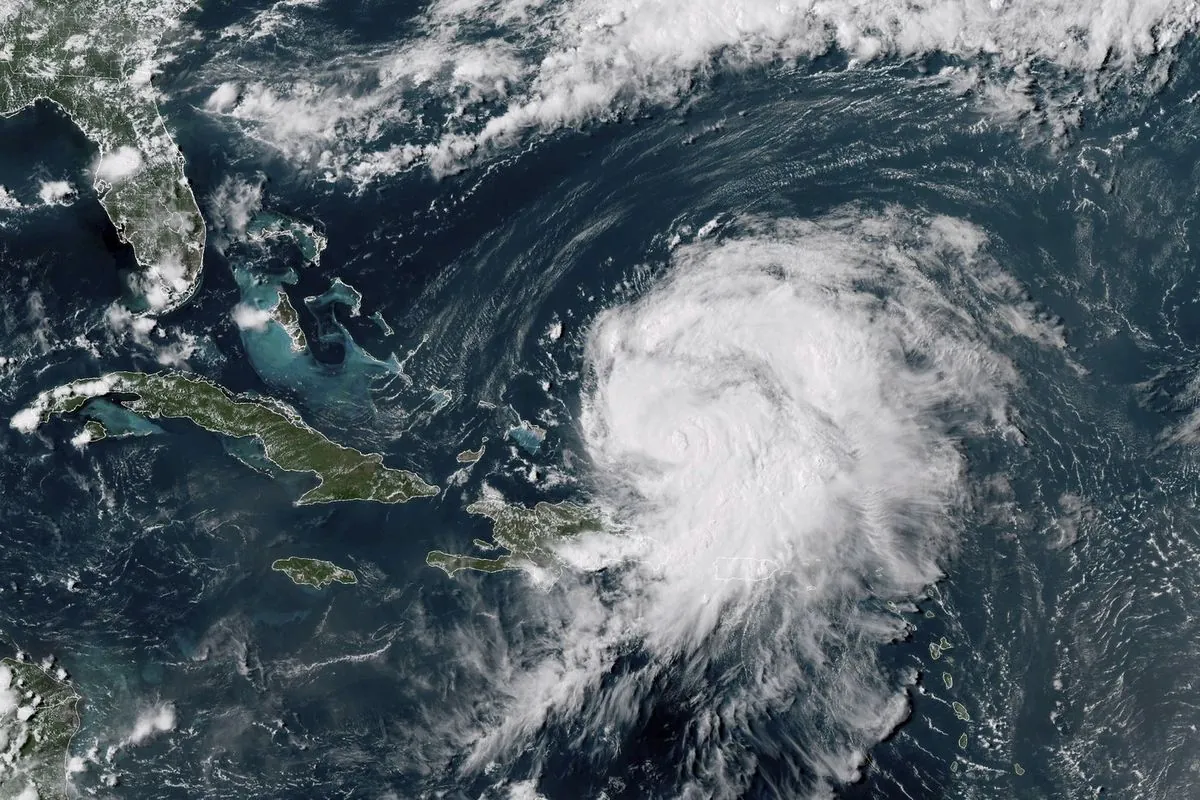As of August 15, 2024, Hurricane Ernesto is advancing towards Bermuda, prompting authorities to issue urgent warnings. The Category 1 hurricane, situated 570 miles southwest of the British territory, is expected to bring hazardous conditions, including a dangerous storm surge and heavy precipitation.
The National Hurricane Center (NHC) has placed Bermuda under a hurricane warning, urging residents to complete preparations swiftly. Forecasters anticipate Ernesto will be in close proximity to the island by August 17, potentially as a large hurricane, causing extended periods of strong winds, flash flooding, and a perilous storm surge.
Prior to its approach to Bermuda, Ernesto impacted Puerto Rico on August 14, resulting in widespread power outages and flooding. As of midday on August 15, approximately 410,000 homes and businesses in the U.S. territory remained without electricity, representing about a quarter of all customers.
Juan Saca, chief executive of LUMA Energy, Puerto Rico's primary power supplier, stated in a radio interview that he anticipated restoring power to numerous customers later on August 15. However, some residents, like Vanessa Toro from San Juan, expressed frustration with the prolonged outages, especially given the storm's relatively minor impact in certain areas.
While Ernesto is projected to remain well west of the U.S. East Coast as it moves northward, the NHC warns that the storm could generate life-threatening surf and rip currents along the eastern seaboard.
Ernesto marks the fifth named Atlantic storm in what experts predict will be an intense hurricane season. This follows the recent impact of Hurricane Debby on Florida's Gulf Coast and the Carolinas in early August, and the devastating effects of Hurricane Beryl in July, which caused an estimated $6 billion in damages across the Caribbean and Texas Gulf Coast.
"We expect to restore power to many customers later on Thursday."
The Atlantic hurricane season, typically spanning from June 1 to November 30, has already seen significant activity. As climate patterns continue to evolve, coastal communities must remain vigilant and prepared for the potential impacts of these powerful storms.
